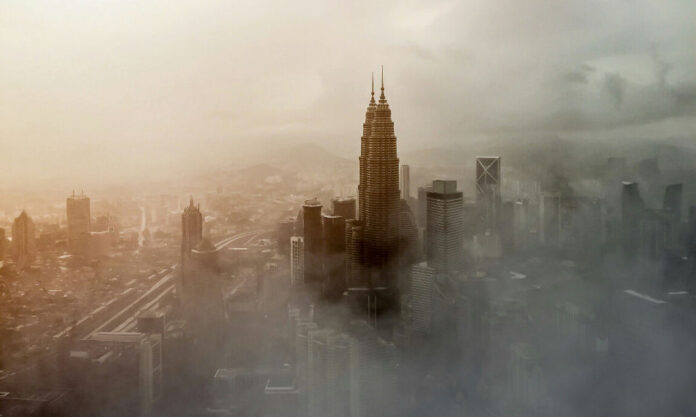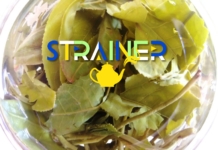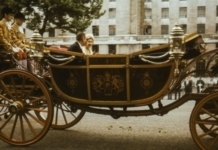You’re familiar with the rule by now. Do not carry your own liquids allowed into the airport departure lounge.
… except that I was drinking an awesome green tea I’d brought with me from China. And no one was asking me to surrender my cup. How long, I wondered, could I keep this up?
Right up to the boarding gate, it turns out.
Actually, it’s quite the comfort to have tea, especially green, in one’s hand while being herded through an airport.
But why haven’t any of the other liquids in my hand luggage been detected? It’s an example of the relaxed stance we saw at this airport and in this country.
In some respects, Malaysia feels like the antithesis of neighbour Singapore. This is a big country where you can chew gum. You can drive fast on glorious, flowing mountain roads. Our taxi driver, a Tamil-speaking third-generation Malaysian, told us that, sometimes, people in Malaysia make their own rules.
Now maybe this short visit is not representative; maybe just a few days of snow-escaping tropical tourism isn’t enough to make definitive observations. But that was our impression.
Incidentally, it was in Singapore that I bought the Malaysian tea I am drinking now. I also bought some terrible Singapore-branded tieguanyin which I fed to the plants yesterday. At the same supermarket I found pre-prepared mixes for the “meat rib tea”; Bah Kut The [肉骨茶] which Strainer readers may remember me making after the first Covid disruption in 2020. And I scored some tempe; the most intriguing Asian soy-based food that isn’t tofu. Anyway, the tea…
The brand is Boh. It’s not a state-owned concern like Petronas, but Boh does seem to be a major force in the local industry. The leaves come from Cameron Highlands, named after the foreign explorer who “discovered” the beautiful mountains in western Malaysia. Like the name, it tastes colonial. These are small fanning-sized leaf fragments comparable in appearance and flavour to ceylon tea.
I think it’s in the movie The English Patient that a Sikh describes condensed milk as “the greatest contribution of the British to the world”. Indeed, the Carnation tin features in the Malaysian way of preparing tea.
“Pulled Tea” is a frothy experience, with a head like Japanese matcha or Boddington’s bitter. The froth is generated through the tea being poured, ideally from a great height, between two vessels, backwards and forwards until the milk, now uncondensed, has done its milk-shake thing. Actually, the boiled tea liquor should already have been treated to similar “pullings” while being strained. As with espresso (and condensed milk itself), this tea is brewed undrinkably strong before being diluted with water and the imperial emulsifier.
We just tried making it at home in China, with some accuracy but without the showmanship. It tastes like, well, milk tea.
I have no regrets that it was Chinese green tea which I slurped in hotels (and airports) throughout our fantastic winter trip to Asia’s equator. It suited all of those moments perfectly, just as it immeasurably improves a Chinese summer. Pure, naked camellia sinensis.
I do regret that I didn’t sample any more-expensive Malaysian black teas. Singapore’s TWG was sold out of their “Malacca Gold” stock when I visited. I didn’t succeed in visiting the beautiful Malaysian plantations themselves; we enjoyed the nearby Kuala Gandah Elephant Conservation Centre instead.
But I am glad to have tried Boh’s black tea, to have “pulled” it freshly in our own kitchen (and to have cleaned the frothy spillages off the floor.) We’ve survived the return to cold East China. Malaysia’s easy-going warmth stays with us.












